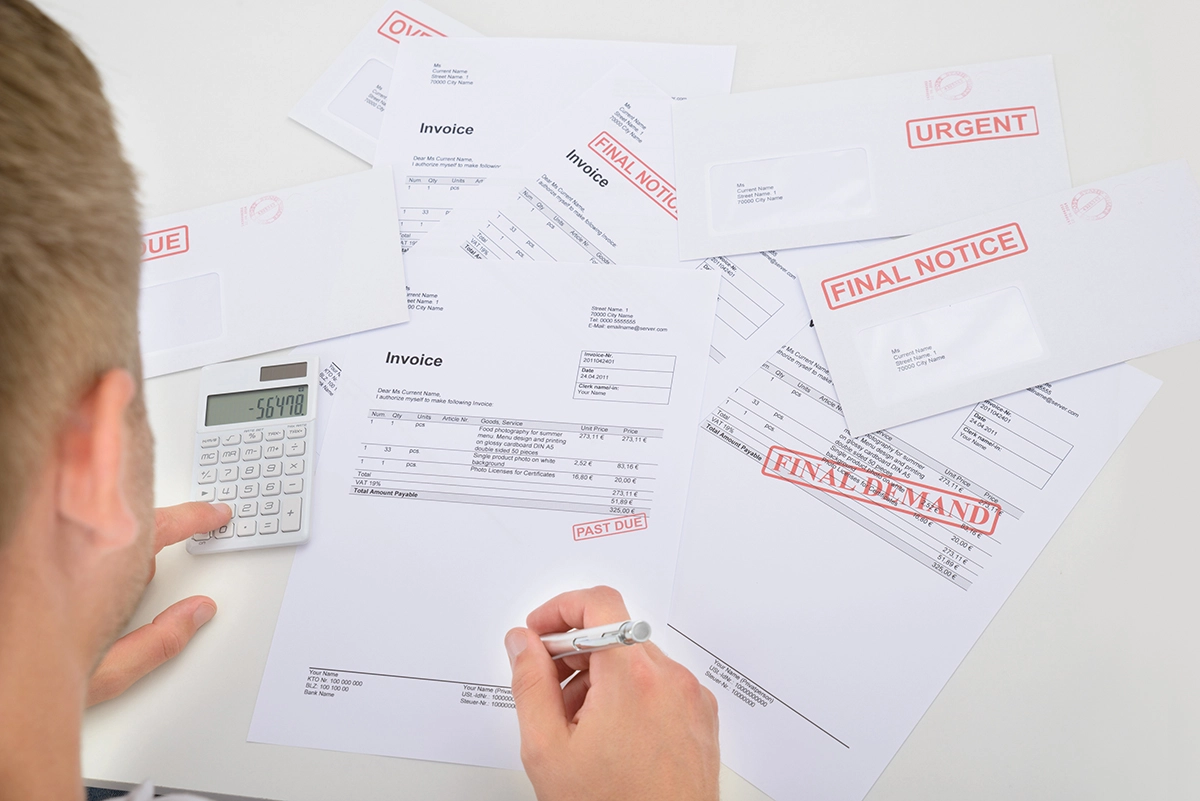If you just look at your gross margins on your monthly profit and loss statement without analyzing the gross margin data, you might get lulled into a false sense of security. Monthly gross margins and year-to-date gross margins reported on a profit and loss statement, don’t tell the whole story.
Last month I gave you the reason why graphing monthly and trailing data is important. Only by graphing the data can you see what is happening with your business on a long-term basis. With consistent analysis, you can spot minor issues and take care of them before they become major crises.
Your gross margin graphs can vary from month to month, especially if your business mix changes (i.e., performing frequent maintenance or having more project/replacement work than service work month-to-month). The trailing graphs should be close to a flat line.
Here are the monthly and trailing gross margin graphs for a sample contractor:
Monthly Gross Margin
It can be difficult to assess the condition of the company with the monthly data graph because of the different mix of business activities each month. Gross margins go up and down depending on whether there was more service work or more replacement that month or maintenance work in another month.
To accurately determine if the gross margin is consistent, look at the trailing data graph.
Trailing Gross Margin
Gross margin data is fairly consistent on a trailing basis which means that the company is pricing properly and its productivity is consistent.
If your company’s gross margin is increasing, it may be that:
• Not all the direct costs for revenues you have produced are in the correlating month (you have what I refer to as financial statement fruit salad)
• Your labor is more productive than in the past (i.e., more revenue producing/billable hours)
• You are selling at higher prices – or have raised your prices for the same cost
• You are producing more work at a higher gross profit
• Your work is not consistent – you have different revenue streams at different gross margins. Some months you have more work in higher gross margin areas and some months you have more work in lower gross margin areas
• You don’t have inventory on your balance sheet. A higher gross margin means that you sold the parts that were part of the inventory. Or you bought less this month and used inventory
• The company counted a sale as revenue without performing the work for that sale. Sales and revenue are different. Revenue is that portion of the sale that is performed in the month. Revenues should match the cost of goods sold each month for consistent gross margins
If your company’s gross margin is inconsistent, it may be that:
• The company has a financial statement fruit salad (see above definition)
• Product/service pricing is not consistent (that’s not necessarily bad) – there are different revenue streams at different gross margins. Some months there is more work in higher gross margin areas and some months there is more work in lower gross margin areas
• Inventory is not accounted for on the balance sheet
• The company is counting sales as revenue
• The company has performed a lot of warranty or callback work where there is an expense and no revenue for the warranty or callback wo
If your company’s gross margin is decreasing, it may be that:
• Your material costs have increased, and you haven’t raised your prices accordingly
• Your labor is not as productive as it should be or has been in the past (you have less revenue-producing/billable hours)
• You have direct costs for work that have not been billed yet (financial statement fruit salad)
• Your work is not consistent – you have different revenue streams at different gross margins. Some months you have more work in higher gross margin areas and some months you have more work in lower gross margin areas
• You bought more inventory than you used in the month (you account for inventory as costs of goods sold)
• The company had costs of goods sold for sales that were considered revenue when the sale was made
• The company has performed a lot of warranty or callback work where there is an expense and no revenue for the warranty or callback work
Make sure your gross margin is consistent on a trailing basis. If it is increasing or decreasing, determine why and then, if necessary, fix the problems now before it leads to a financial crisis.
Ruth King has more than 25 years of experience in the HVACR industry and has worked with contractors, distributors and manufacturers to help grow their companies and become more profitable. Contact Ruth at ruthking@hvacchannel.tv or at 7707290258.






